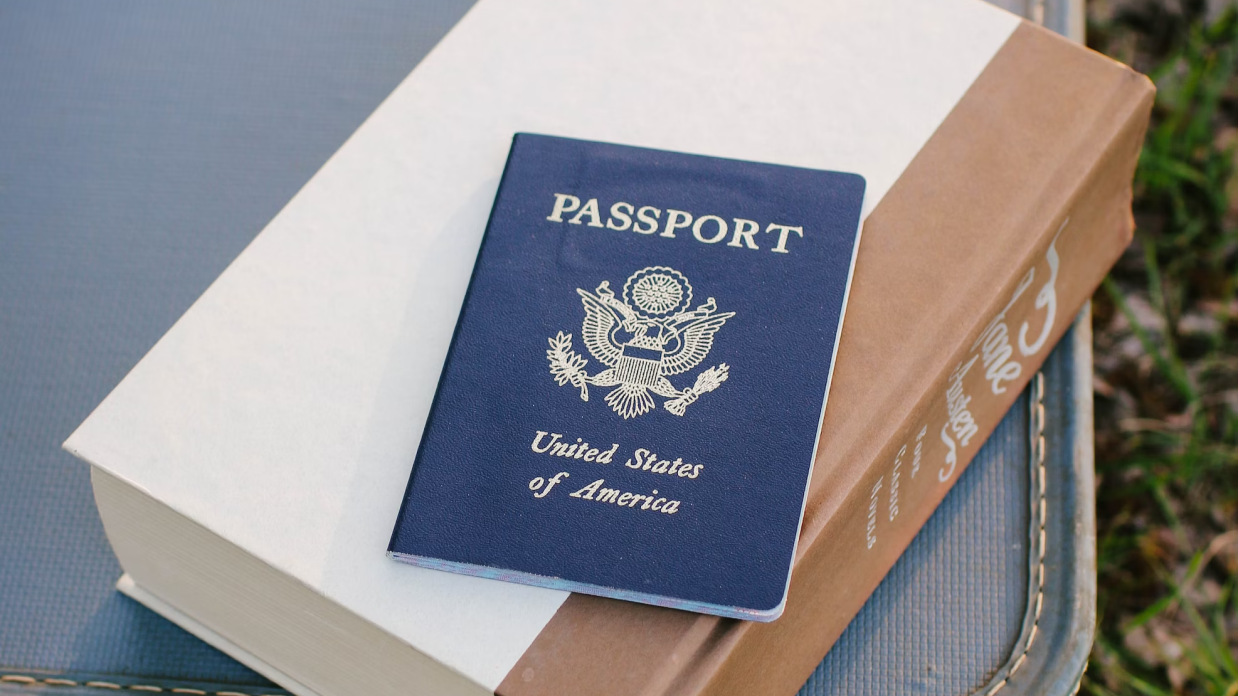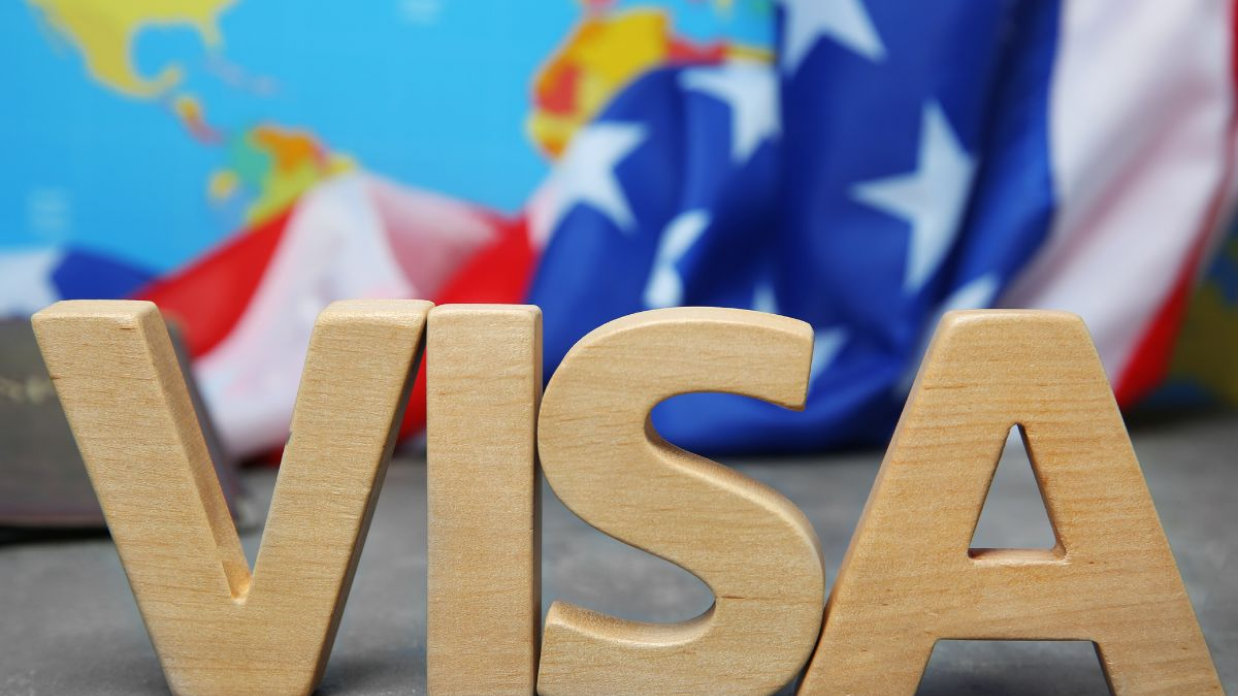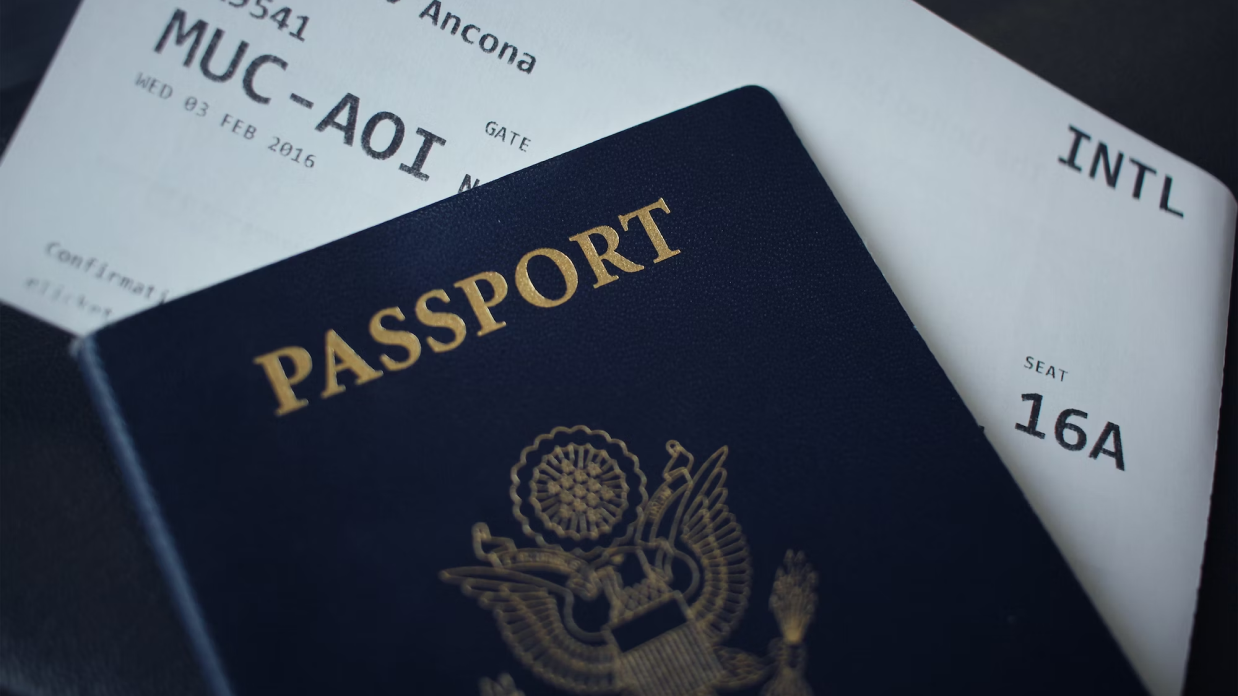Employment Based Visa Lawyer
Employment Based Visas Lawyer Los Angeles
Employment-based visas allow foreign workers to come to the United States for a specific job or occupation. These visas are sponsored by a U.S. employer and are divided into five preference categories (EB-1 to EB-5) based on the qualifications and skills of the worker and the characteristics of the job being offered.

EB-1 Visa
An EB-1 visa is an employment-based visa designated for individuals of exceptional ability, outstanding professors and researchers, and executives of multinational companies. It is a first preference category, which grants the holder the opportunity to live and work permanently in the United States. It also has advantages from faster processing times and a higher likelihood of approval than other employment-based visas.

EB-2 Visa
An EB-2 visa is an employment-based visa specified for professionals with advanced degrees or exceptional ability in the sciences, arts, or business. It is a second preference category, allowing the holder to live and work permanently in the United States.

EB-3 Visa
An EB-3 is an employment-based immigrant visa that allows foreign workers to come to the United States to work in a skilled or professional position. To be eligible for an EB-3 visa, an individual must have a job offer from a U.S. employer, a bachelor’s degree or higher or a minimum of two years of work experience, and a labor certification from the Department of Labor.

H1-B Visa
The H1-B visa is a non-immigrant visa that allows U.S. employers to hire foreign workers for positions in specialized fields temporarily. It’s a highly desirable visa because it allows the visa holder to live and work in the United States for up to three years (with the possibility of extensions) while the sponsoring employer employs them.

H2-A Visa
The H2-A visa is a non-immigrant visa that temporarily allows U.S. employers to hire foreign workers for non-agricultural seasonal jobs. It allows the visa holder to live and work in the United States for up to one year (with the possibility of extensions) while the sponsoring employer employs them.

L-1A Visa
The L1-A visa is a non-immigrant visa that allows U.S. employers to temporarily transfer an executive or manager from one of its foreign offices to one of its offices in the United States. It allows the visa holder to live and work in the United States for up to seven years while maintaining an ongoing employment relationship with the foreign company.

L-1B Visa
The L1-B visa is a non-immigrant visa that allows U.S. employers to temporarily transfer an employee with expertise from one of its foreign offices to one in the United States. It allows the visa holder to live and work in the United States for up to five years while maintaining an ongoing employment relationship with the foreign company.
*The information on this website is for general information purposes only. Nothing on this site should be taken as legal advice for any individual case or situation. This information is not intended to create (receipt or viewing does) an attorney-client relationship*
Attorney's Backed By Their Experience
in Immigration Services
If you're looking for a way to connect with a law firm, scheduling a call may be the best option for you. You can talk to a representative about your specific legal needs, and you can get an idea of what the process of hiring a lawyer might look like. Plus, by scheduling a call, you can avoid any potential surprises or delays in the process.
